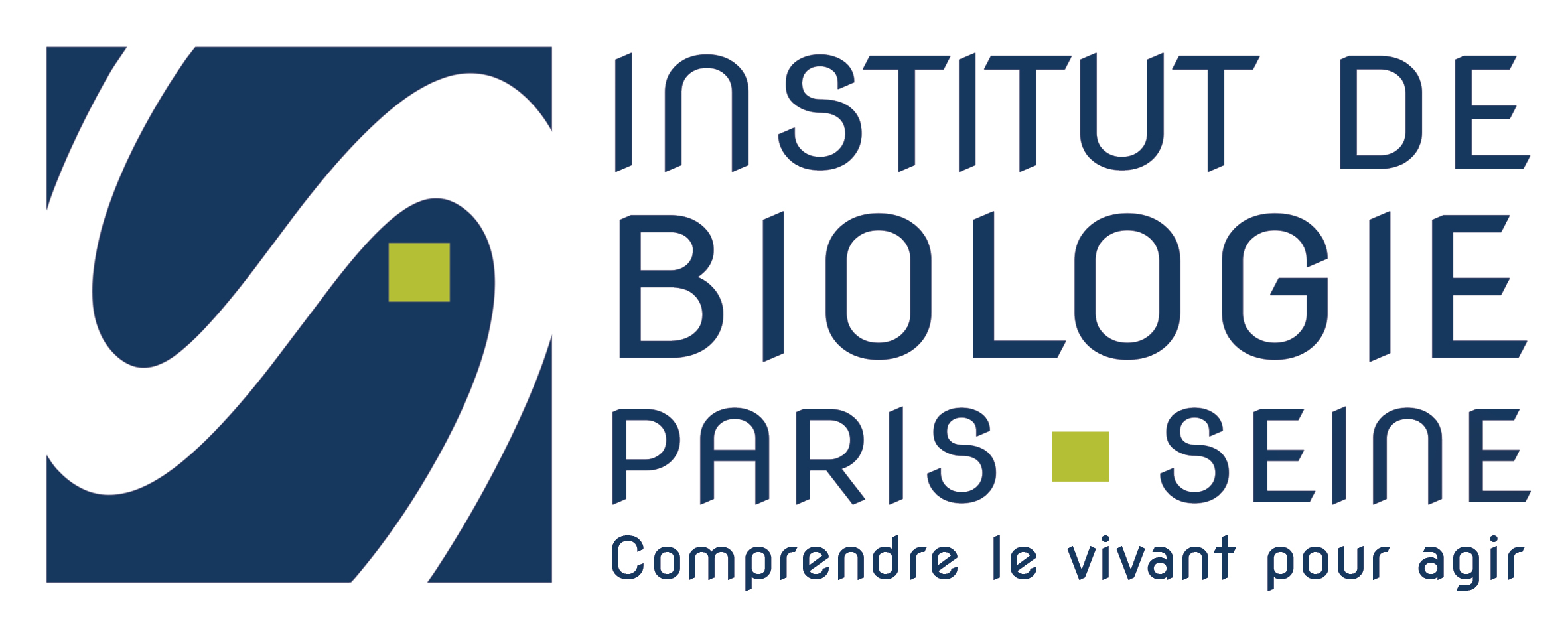Electrophysiological characterization of cerebello-hippocampal interaction in mice across behavioural states
Caractérisation électrophysiologique de l’interaction entre le cervelet et l’hippocampe chez la souris dans plusieurs états comportementaux
Résumé
The implication of the cerebellum in spatial cognition and spatial navigation has been recently highlighted both in humans and mice models by the team of Laure Rondi Reig. Similarly, these studies strongly suggested that the cerebellum interacts with the hippocampus in a functional network. However, to the date we lack information about the anatomical substrate for such interaction as well as the physiological mechanisms underlaying it. This information is fundamental in order to fully understand the role of the cerebellum in these functions and it has been the main focus of my thesis. To that aim, we have employed a combination of technical approaches including anatomical retrograde trans-synaptic tracing with rabies virus and multi-site extracellular electrophysiological recordings in the cerebellum and the hippocampus of behaving mice. We have identified three main cerebellar cortical areas projecting through di- and/or tri-synaptic pathways to the hippocampus: the Crus I, the lobule VI and the paraflocculus. Moreover, we have found dynamic theta coherence between the oscillatory activity recorded in these areas and that from the hippocampus, a mechanism that has been previously associated with functional interaction. Specifically, we have found a significant increase in the theta coherence between the Crus I and the hippocampus when the animals performed a goal directed behaviour. Finally, we have characterised the modulation of the cerebellar activity and the cerebello-hippocampal coherence across the sleep cycle and we have found increased Crus I-hippocampus theta coherence during REM sleep which is in phase with a cerebellar infra-slow (< 1Hz) rhythm.
L’implication du cervelet dans la cognition et navigation spatiale a été récemment remarqué par l’équipe de Rondi Reig chez l’homme et dans modèles murines. Également, ces études suggérèrent fortement que le cervelet interagit avec l’hippocampe dans un réseau fonctionnel. Cependant, à ce jour il nous manque d’information relative sur le substrat anatomique et les mécanismes physiologiques qui permet cette interaction. Cette information est fondamentale pour comprendre le rôle du cervelet dans ces fonctions et il a constitué le sujet de ma thèse. À cette fin, nous avons employé une combinaison de techniques comprenant le traçage anatomique trans-synaptique rétrograde avec le virus de la rage et des enregistrements électrophysiologiques extracellulaires simultanées dans le cervelet et l’hippocampe chez la souri engagé dans plusieurs comportements. Nous avons identifié trois régions dans le cortex cérébelleux qui projet à l’hippocampe par routes di- et tri-synaptiques: Crus I, lobule VI et le paraflocculus. De plus, nous avons trouvé une synchronisation dynamique entre l’activité oscillatoire enregistrée dans ces zones et celle de l’hippocampe dans la band thêta, un mécanisme qui était auparavant associé à une interaction fonctionnelle. Plus précisément, nous avons constaté une augmentation significative de la cohérence Crus I-hippocampe pendant la consécution d’un comportement dirigé vers un but. Enfin, nous avons caractérisé la modulation de l’activité cérébelleuse et de la cohérence cérébello-hippocampique au cours du sommeil et avons trouvé une augmentation de la cohérence Crus I-hippocampe pendant le sommeil paradoxal en phase avec un rythme cérébelleux ultra-lent (< 1Hz).
Origine : Version validée par le jury (STAR)
